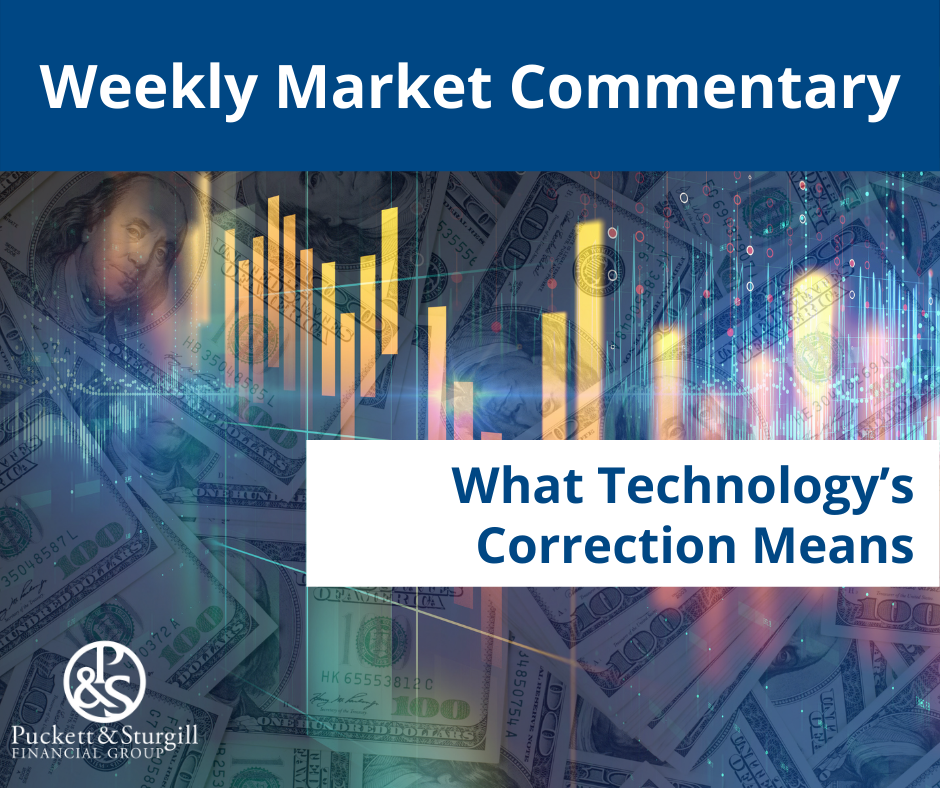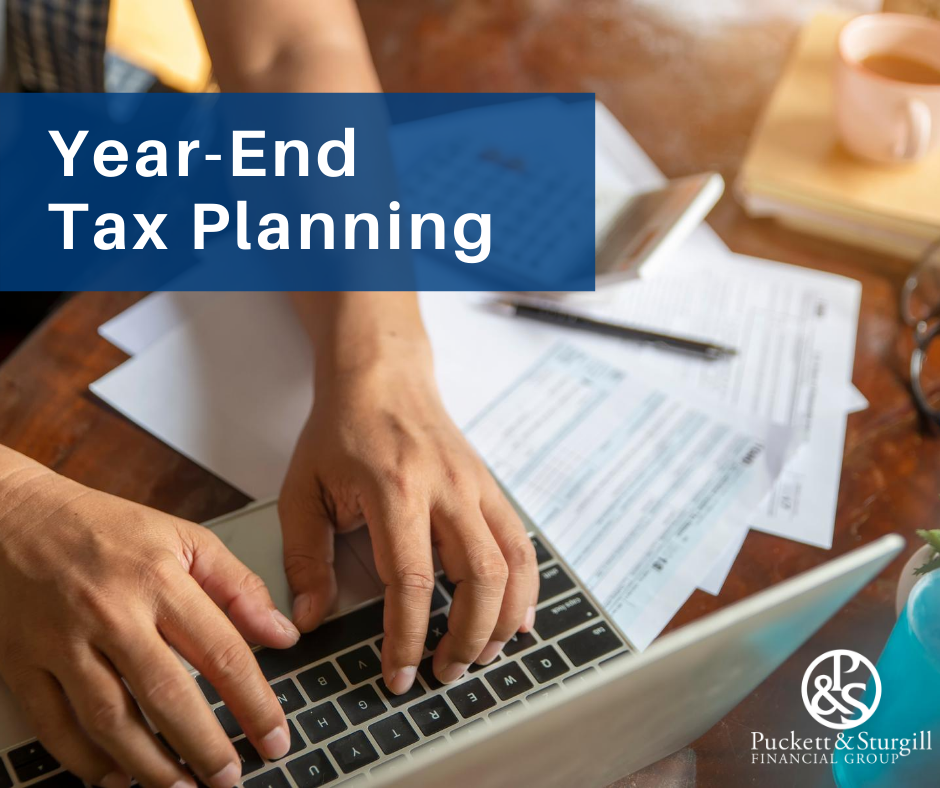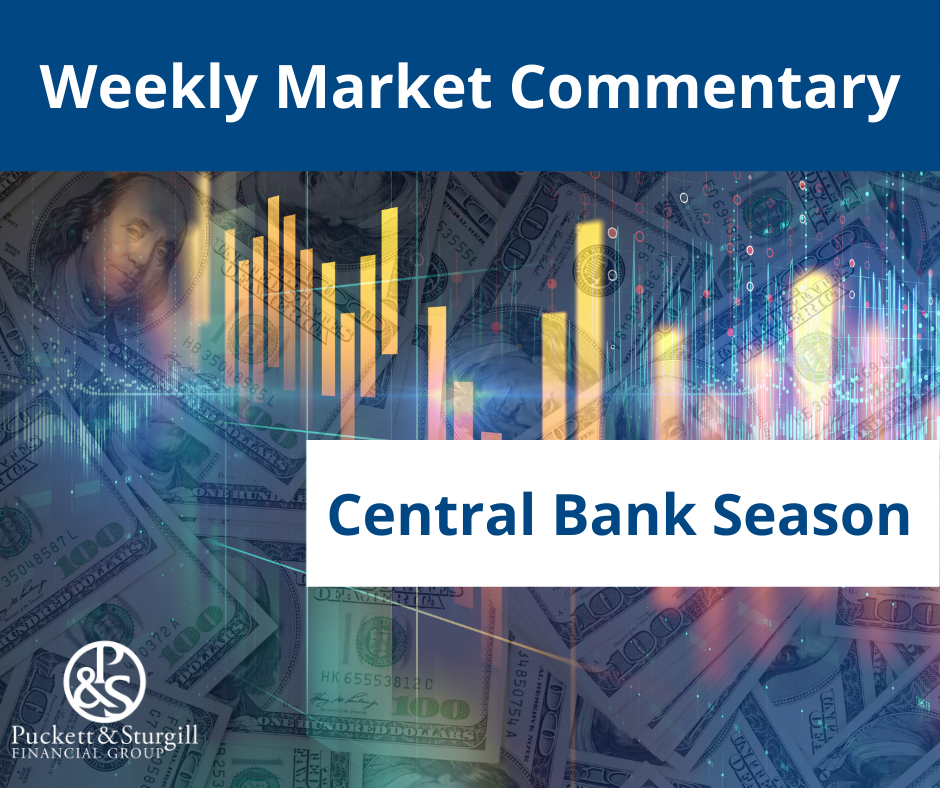
What Technology’s Correction Means
The recent correction in the S&P 500 Index’s technology sector presents a unique challenge to markets following a historic stretch of outperformance as technology’s share of the market has ballooned in size. Despite September weakness in this sector that has dragged the broader market lower, we expect technology leadership to continue given supportive underlying fundamental and technical conditions. A September to Forget During the COVID-19 pandemic, technology has played a curious role in mitigating downside during bouts of volatility, while also posting considerable outperformance when markets rebounded, as many viewed the sector as relatively well insulated from the economic effects of the virus. After a “melt-up” environment for tech during the month of August, the sector so far has corrected more than 12% from its prior high in September, a historically weak month for the S&P 500. Investors are asking if the weakness will continue. Fundamentals are Supportive The question of whether technology’s strong performance since March has put it in bubble territory has received a lot of attention in the financial media as well as with investors. Although we acknowledge that some of the better-performing technology and technology-related stocks have been on an upward trajectory similar to that of the late 1990s until the recent sell-off, we don’t believe technology is in a bubble. We would first point out how strong fundamentals are right now. Earnings estimates for the sector have already moved above their pre-pandemic highs. While there is risk that these expectations may not be achieved, the gap between technology sector earnings and earnings from the entire S&P 500—which includes technology—is impressive [Figure 1]. During the second quarter of 2020, technology was one of only three sectors to












